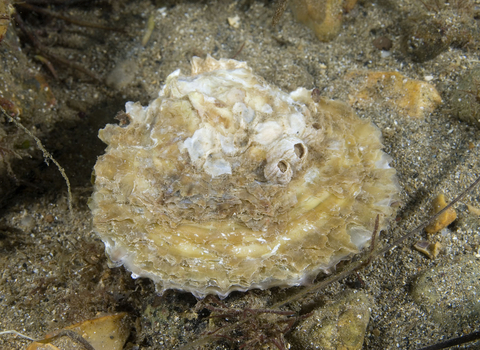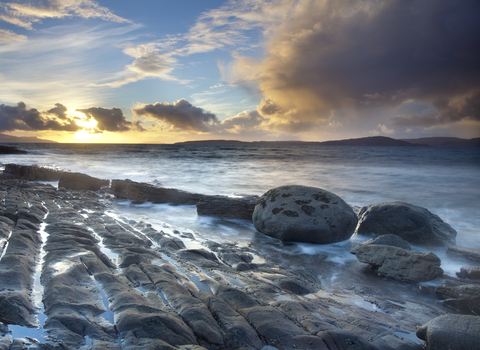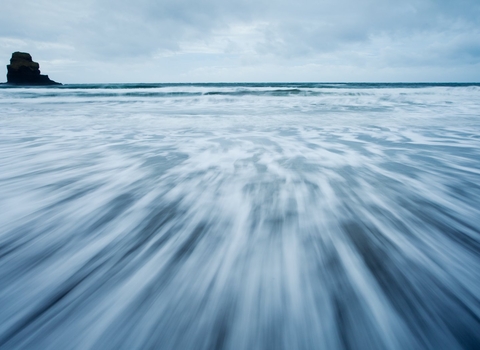
Oyster ©Paul Naylor
Oyster
Native Oysters are a staple of our seas and our plates - but our love of their taste has lead to a sharp decline all around the UK.

Oyster ©Paul Naylor

Mark Hamblin/2020VISION
Memberships help us campaign for better protection and management of our seas.
Receive our monthly newsletter packed with marine conservation news from around the world!

Mark Hamblin/2020VISION
Plastic-strewn beaches, fisheries on the verge of collapse and the ever growing effects of global climate change.